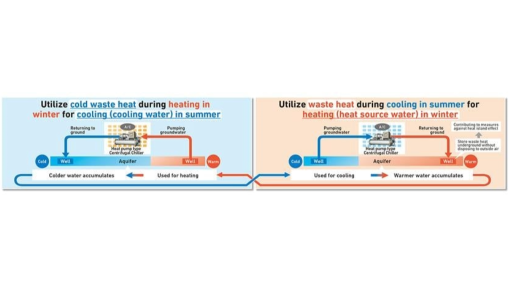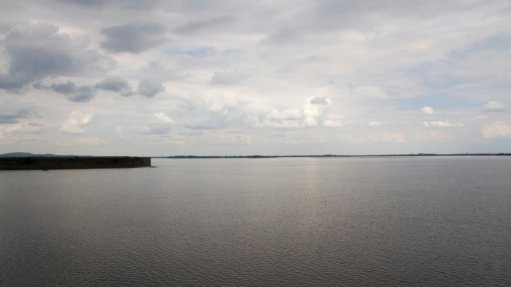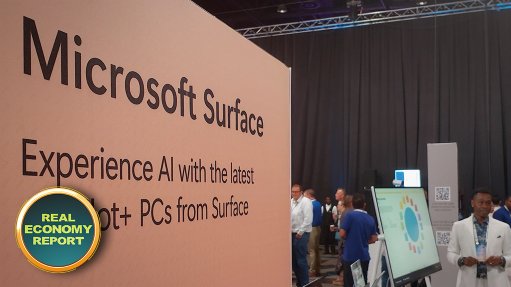Security of Supply with Renewable Energy – What is possible today?
This article has been supplied.
By Robert Futter, Director at Cresco Group
Renewable Energy (RE) has been touted as a solution for providing reliable and consistent energy supply, but this has often been met with scepticism. As a result, there are a number of myths around renewable energy that need to be dispelled.
Dispelling the myths
The first myth is that solar photovoltaic (PV) panels alone can protect against load shedding. In reality, all renewable energy technologies require Battery Energy Storage Systems (BESS) to provide generation backup, and the sizing of these BESS is important for the length of the security of supply.
The second myth is that wheeling energy can guarantee security of supply, but this does not guarantee security of supply. While some wheeling deals prioritise certain users, these deals have a limited size and duration.
The third myth is that corporates can achieve 100% RE in South Africa. Using the 24/7 carbon-free energy approach, this is generally not possible with current technologies available in South Africa, except for larger loads of around >5 MW.
Defining renewable energy targets
Many corporations have simple RE targets based on a percentage of total MWh consumed. However, this is often viewed by stakeholders as overly simplistic, needing more detail to provide comfort. To provide better detail and comfort, many industry specialists now use the concept of 24/7 carbon-free energy, which involves objectively measuring the actual generation received from renewable sources over a 24-hour period, seven days a week, or a year if there is significant seasonal variation. The concept of 24/7 carbon free energy, developed to counter greenwashing allegations in the US telecoms industry, has become the "norm" by many industry specialists when considering the level of RE penetration within a business based on various initiatives.
The time for generation and storage is here
To achieve a higher amount of green than grey in the overall picture, a corporate has to have some form of dispatchable energy with a similar or higher load factor. Renewable technologies will require large-scale storage interventions, with BESS being the most common storage solution.
A use case in action
A use case example shows how a corporate requires secure power for its own site. This company currently has onsite gas and diesel to protect against load shedding. A PV-only solution is interesting, but a larger PV+BESS dispatch profile can provide financial and security of supply benefits too.
The analysis considers the "value of PV+BESS vs. other available onsite generation options."
Onsite PV-only solution offers a large saving as it offsets yellow standard tariffs, while PV+BESS solution allows the use of excess energy generated in the afternoon to be used to offset the evening peak hours.
Dispatch profile over 72 hours
When overlaying all the available generation technologies over a typical 72-hour period onto the load, based on a phased implementation approach, short duration storage is compared to longer duration storage.
In cases when there is an overgeneration from PV in the hours where there is maximum sunlight, the BESS is then dispatched in the evening peak periods to conduct peak shaving.
This company has access to available land which will allow for higher PV generation and long-duration BESS.
Key takeaway from the use case example
Based on the use case example, the combination of RE and BESS is a no-brainer for nearly any installation, with BESS price points making it more affordable for regions with higher energy costs. Achieving 50% penetration possible with existing technologies, this is subject to the availability of PV generation. This achievement would offset 50% of scope 2 emissions, and potentially more if scope 1 emissions cannot be abated. However, high renewable penetration grids, such as those in Portugal and Zambia, may have fewer benefits from this technology. Additionally, achieving 24/7 continuous power supply is not yet feasible without other technologies, such as wind or hydro power, but there is no guarantee of supply security.
Finally, there is much talk about long-duration energy storage, but limited actual implementation has been seen for many companies outside of pump storage type installations. The market for long-duration energy storage is anticipated to be driven by the growing use of PV+BESS, but Original Equipment Manufacturers (OEMs) will need to be willing to provide performance warranties for this technology. As the market matures, equity may take on this technology risk earlier, leading to quicker implementations.
Comments
Press Office
Announcements
What's On
Subscribe to improve your user experience...
Option 1 (equivalent of R125 a month):
Receive a weekly copy of Creamer Media's Engineering News & Mining Weekly magazine
(print copy for those in South Africa and e-magazine for those outside of South Africa)
Receive daily email newsletters
Access to full search results
Access archive of magazine back copies
Access to Projects in Progress
Access to ONE Research Report of your choice in PDF format
Option 2 (equivalent of R375 a month):
All benefits from Option 1
PLUS
Access to Creamer Media's Research Channel Africa for ALL Research Reports, in PDF format, on various industrial and mining sectors
including Electricity; Water; Energy Transition; Hydrogen; Roads, Rail and Ports; Coal; Gold; Platinum; Battery Metals; etc.
Already a subscriber?
Forgotten your password?
Receive weekly copy of Creamer Media's Engineering News & Mining Weekly magazine (print copy for those in South Africa and e-magazine for those outside of South Africa)
➕
Recieve daily email newsletters
➕
Access to full search results
➕
Access archive of magazine back copies
➕
Access to Projects in Progress
➕
Access to ONE Research Report of your choice in PDF format
RESEARCH CHANNEL AFRICA
R4500 (equivalent of R375 a month)
SUBSCRIBEAll benefits from Option 1
➕
Access to Creamer Media's Research Channel Africa for ALL Research Reports on various industrial and mining sectors, in PDF format, including on:
Electricity
➕
Water
➕
Energy Transition
➕
Hydrogen
➕
Roads, Rail and Ports
➕
Coal
➕
Gold
➕
Platinum
➕
Battery Metals
➕
etc.
Receive all benefits from Option 1 or Option 2 delivered to numerous people at your company
➕
Multiple User names and Passwords for simultaneous log-ins
➕
Intranet integration access to all in your organisation





















